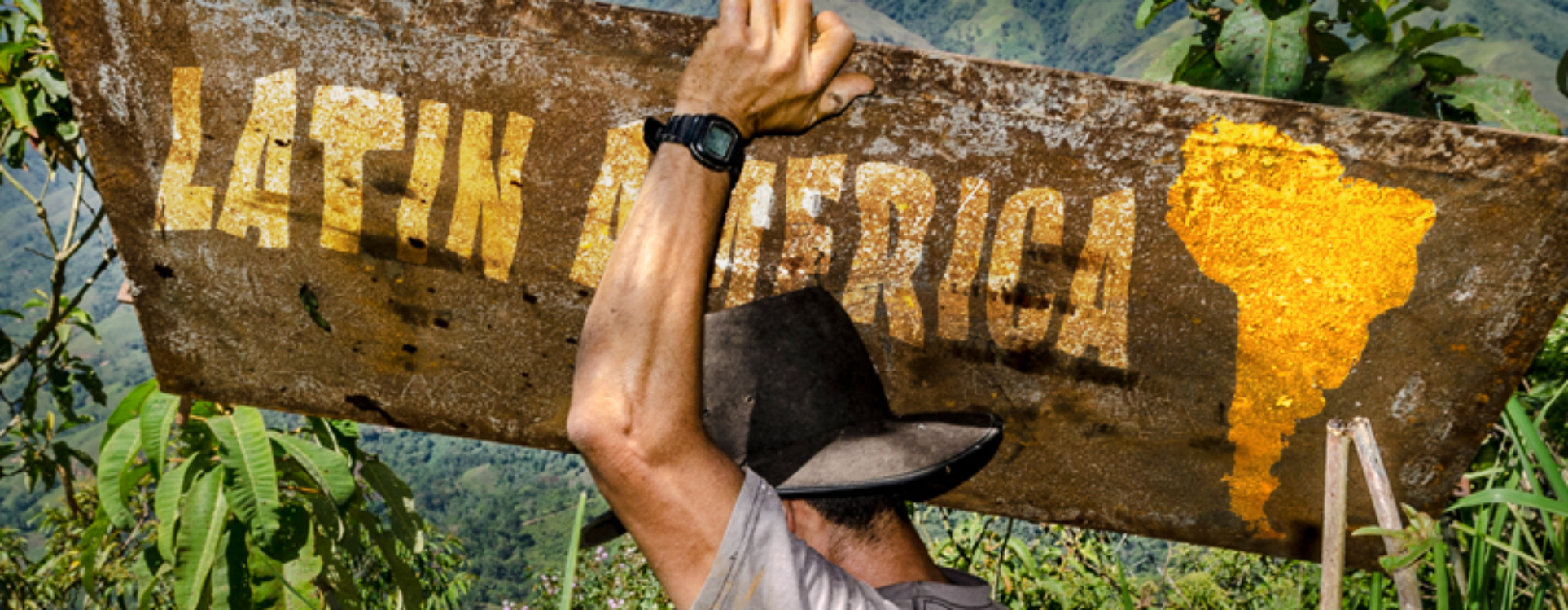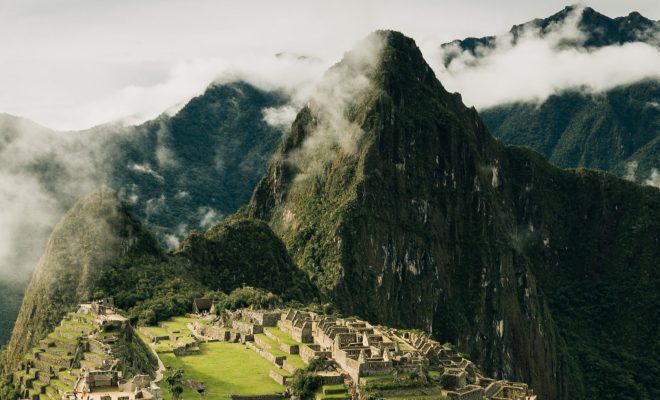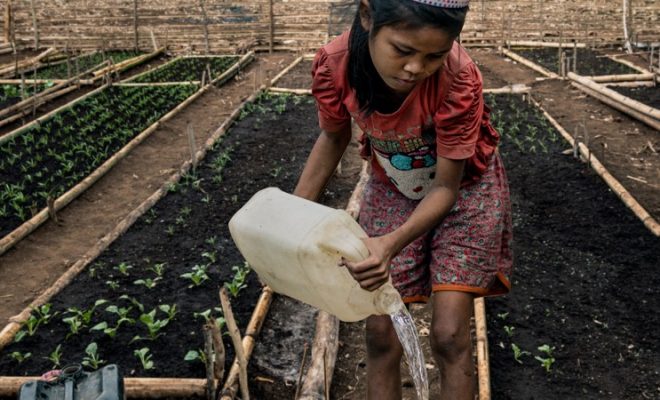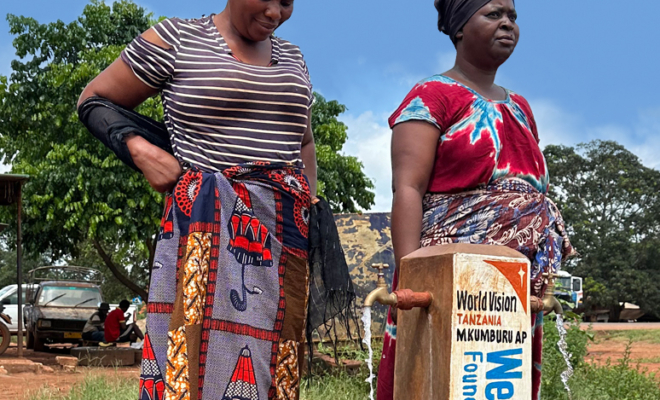Latin America faces some of the world’s most complex challenges regarding water and sanitation access, but it is also home to some of the most innovative and transformative solutions. Here, solutions are neither imported nor universal: they emerge from the land, ancestral wisdom, community creativity, and the alliances forged among diverse actors. At this year’s FLII, it became clear that investing in water and sanitation in the region is not only an ethical or environmental imperative but also an opportunity to build resilient, inclusive, and sustainable models that can inspire the entire world.
Latin America’s physical geography ranges from Andean glaciers to some of the driest deserts on Earth, as well as tropical rainforests, high plains, and vast coastal zones. Its human geography includes some of the world’s most densely populated cities coexisting with ancestral Indigenous communities whose rich cultures are threatened by structural poverty, forced displacement, and climate change.
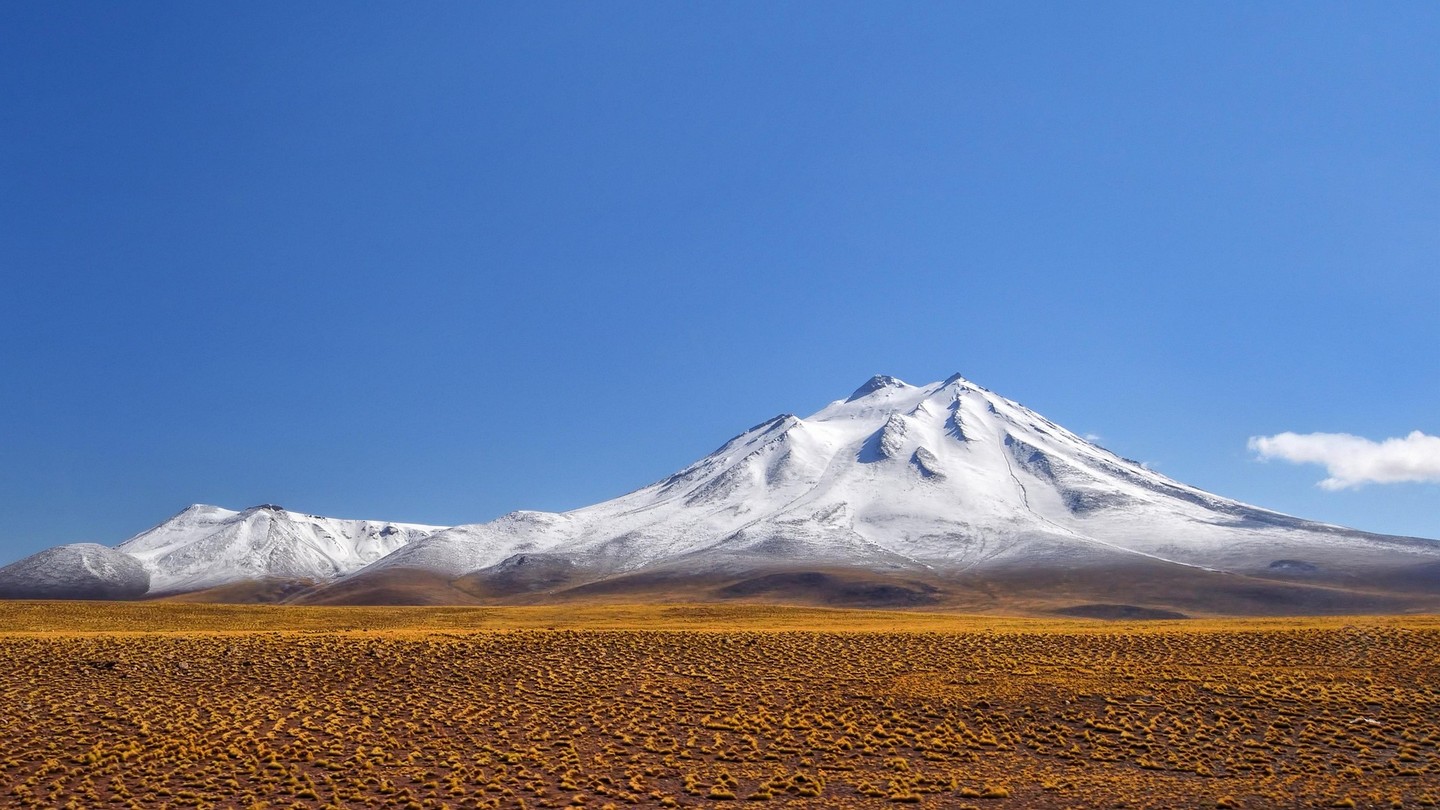
Latin America’s physical geography ranges from Andean glaciers to some of the driest deserts on Earth. ©Pierre Desvigne/pixabay
Models as diverse as the territories that inspire them
Economy, governance models, and political situations also shape very diverse contexts, from countries with strong regulatory frameworks and access to international finance to those marked by institutional fragility and instability. As a result, the water and sanitation industry spans a wide range of investment structures, including public-private partnerships, community-managed systems, and new alliances with impact ecosystem actors seeking solutions tailored to each territory.
However, disparities in infrastructure investment and the historic neglect of some communities mean that access to water and sanitation remains profoundly unequal—both between and within countries.
In this context, the ninth edition of the Latin American Impact Investment Forum (FLII 2025) provided a unique platform to highlight solutions born from local realities—from Amazonian Indigenous communities to informal peri-urban neighbourhoods—and to discuss how to scale models that combine social justice, environmental sustainability, and financial viability.
The experience of our projects
Since the Foundation’s inception, we’ve experienced firsthand the problems related to water, sanitation, and hygiene access in some of Latin America’s most underserved areas. The 15 aid projects we’ve carried out in Brazil, Colombia, Mexico, Nicaragua, Honduras, Guatemala, Bolivia, Ecuador, and Peru have brought us closer to various communities in highly diverse contexts.
At the FLII, Carlos Garriga, director of the Foundation, emphasized that each of the more than 380,000 people we’ve helped through these projects is a piece in the mosaic of the enormous challenge that achieving SDG 6 represents for this vast region. In 2023, we took a significant step forward by opening a regional office in Brazil—arguably the country that best symbolizes the scale of the water challenge in Latin America and the world. “Brazil is our third international office after India. It’s a major step forward in our expansion,” said Garriga. “From our base at the Roca São Paulo Gallery, we’ll be able to address water and sanitation challenges more directly and effectively.”
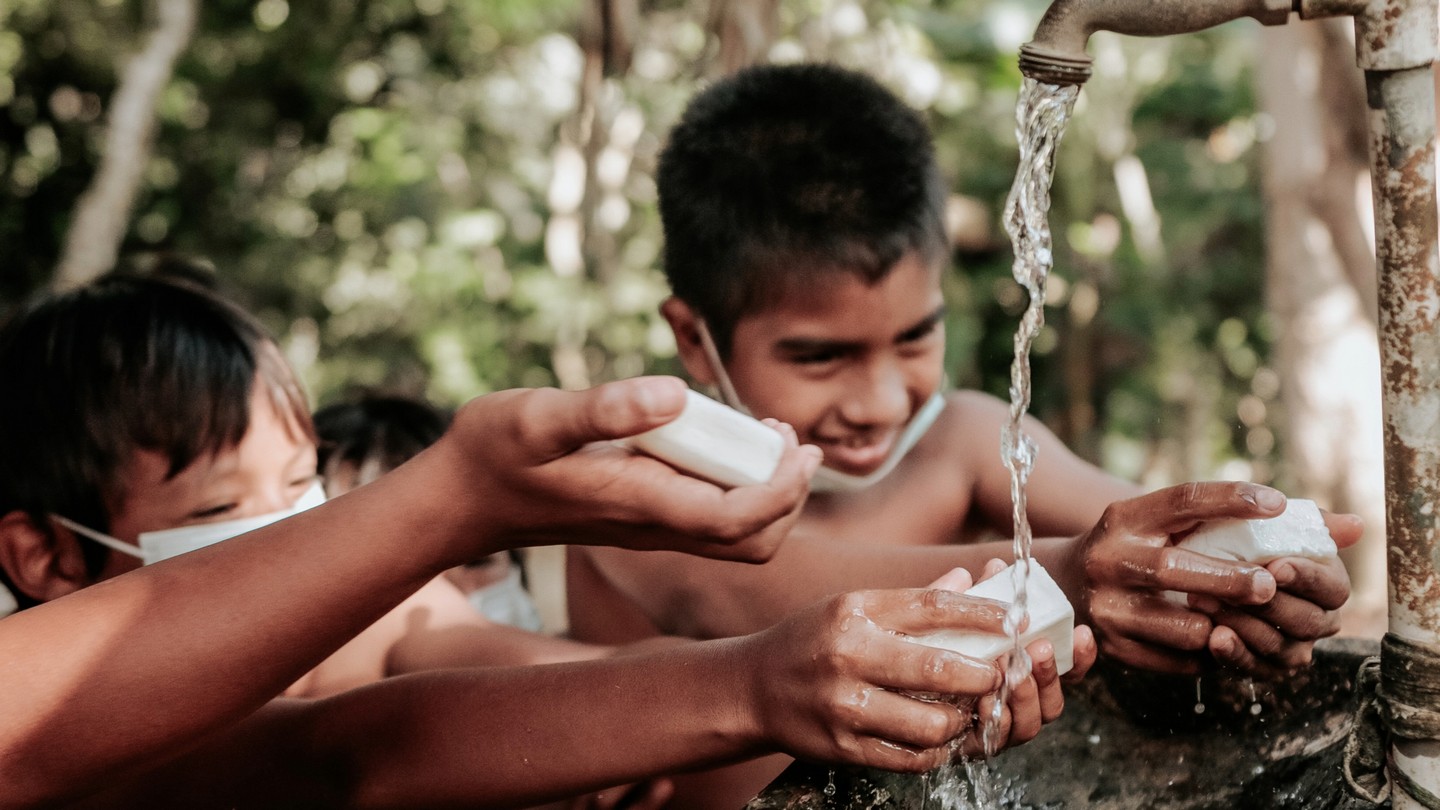
In collaboration with UNICEF, we supported rural communities of fewer than 2,000 people with hygienic facilities that enabled the adoption of improved hygiene practices and proper use of water and sanitation systems.We’ve had similar experiences and outcomes in schools in Caucaia (Brazil’s semi-arid region). © Luis Quintero- pexels
Essential progress in education
One of our first school-based projects was in Bolivia’s Chaco-Chuquisaqueño region. There, in collaboration with UNICEF, we supported rural communities of fewer than 2,000 people with hygienic facilities that enabled the adoption of improved hygiene practices and proper use of water and sanitation systems.
We’ve had similar experiences and outcomes in schools in Caucaia (Brazil’s semi-arid region), San Lorenzo-Boaco and Yalí-Jinotega (Nicaragua), and educational centres in the municipality of Quibdó (Colombia). Having access to proper sanitation, learning how to wash hands—and being able to do so at school—is one of the most powerful lessons for the millions of children worldwide for whom diarrhoea can still be fatal. This knowledge spreads to families and fosters a hygiene culture essential for breaking the cycle of poverty. It is, without a doubt, one of the best long-term investments for creating opportunities for development in any community.
The importance of regenerative agriculture
Latin America’s extraordinary biodiversity is vital to the survival of the planet as we know it. Integrating crops and forests—leveraging ecosystem services for a sustainable future—is an area where every investment counts. Our experience in Nicaragua’s tropical rainforests, through one of our first regenerative agriculture projects, and in Ecuador’s transitional zones demonstrates that protecting natural capital yields highly positive socioeconomic returns.
These projects confirmed a recurring lesson across all our work: recovering ancestral knowledge is one of the most effective tools for creating sustainable environments. We applied this successfully at Lake Titicaca, where we promoted the revival of traditional water use techniques practised by the Aymara and Uru Indigenous populations. At the same time, we worked with institutions to develop sanitation infrastructure and monitor wastewater discharge into the lake.
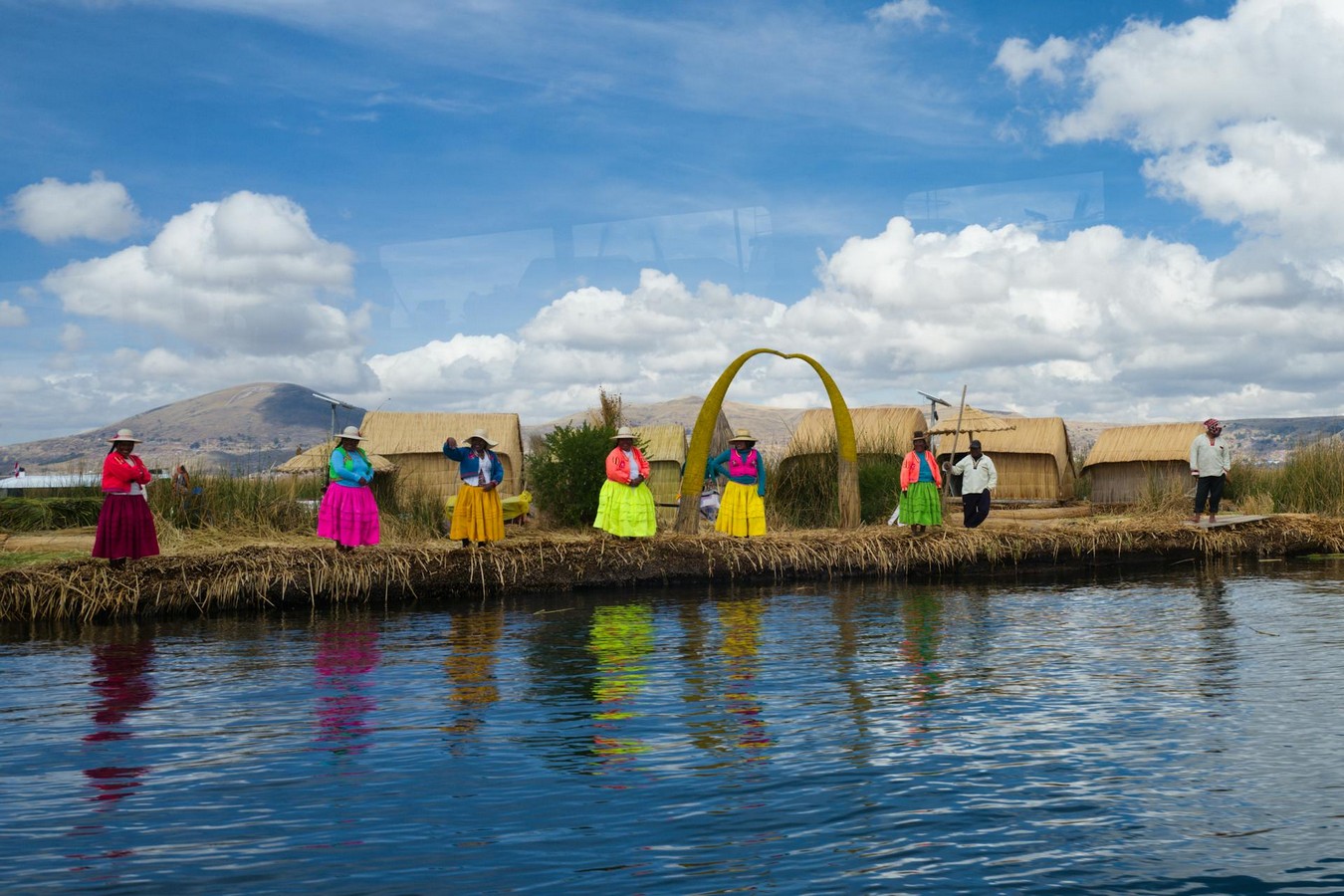
Recovering ancestral knowledge is one of the most effective tools for creating sustainable environments. We applied this successfully at Lake Titicaca, where we promoted the revival of traditional water use techniques practised by the Aymara and Uru Indigenous populations. © Fernando B M
Supporting migration challenges
The migration crisis is another major challenge in Latin America. In Mexico and Brazil, we’ve provided water and hygiene access in border areas strained by the demographic pressure of mass migration. In these often-forgotten regions, thousands of displaced people and the host communities face uncertain regulations, overwhelmed infrastructure, and severely limited access to public health, potable water, and sanitation services.
Solutions born from the territory
Latin America faces some of the world’s most complex water and sanitation challenges—but it is also home to some of the most innovative and transformative responses. Here, solutions are not imported or universal: they arise from the territory, from ancestral wisdom, from the creativity of communities, and from the alliances woven among diverse actors.
Investing in water and sanitation in this region is not only an ethical or environmental necessity—it is a chance to build resilient, inclusive, and sustainable models that have the power to inspire the entire world.
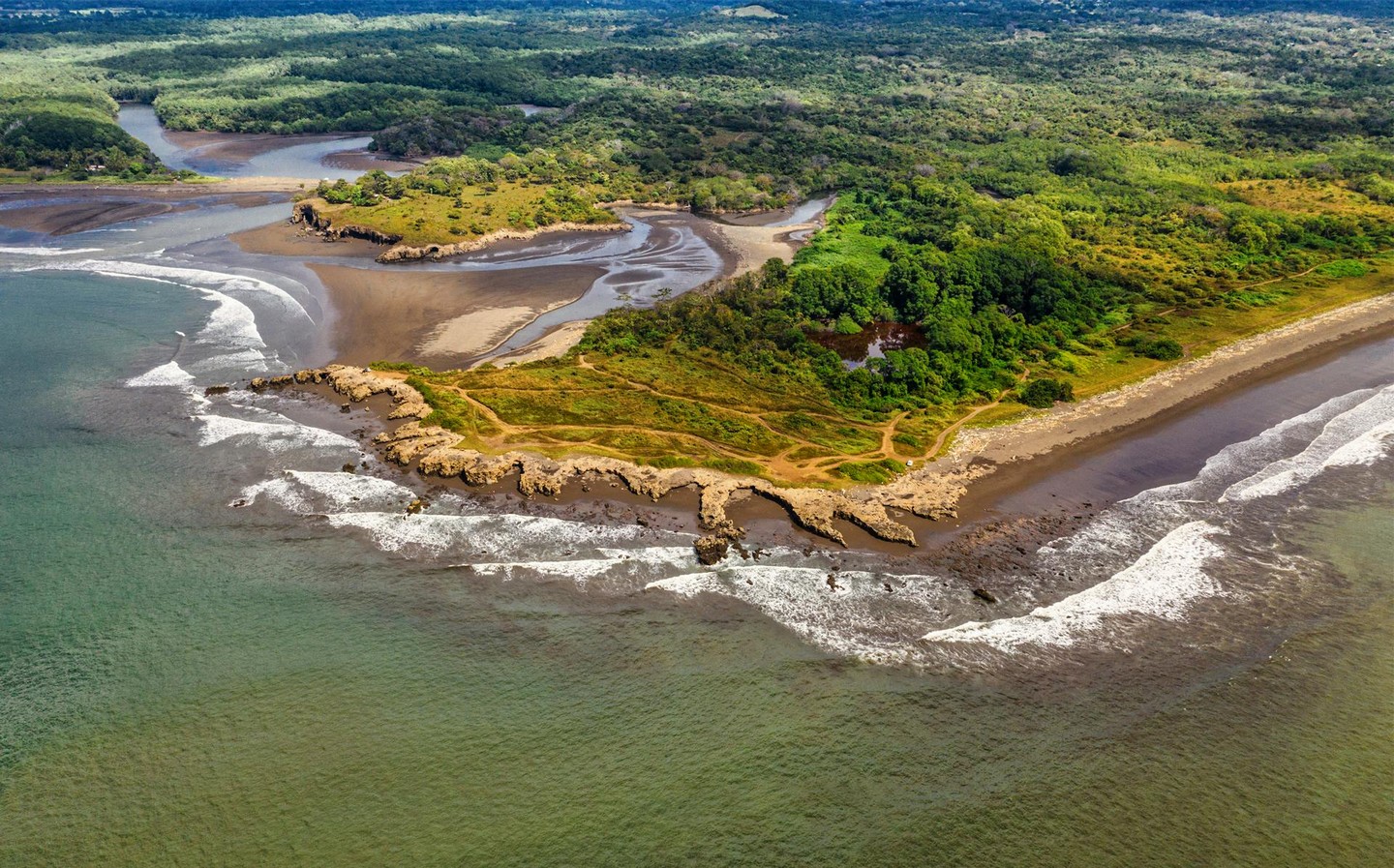
Latin America’s extraordinary biodiversity is vital to the survival of the planet as we know it. © Luis Alberto Arias


